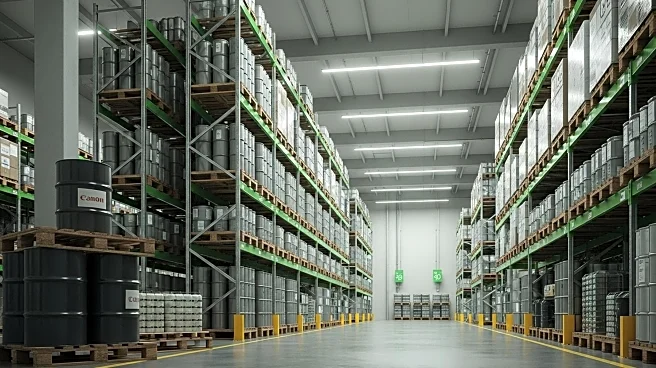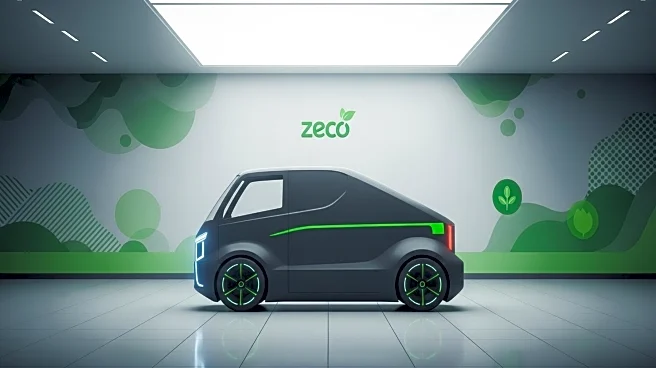What is the story about?
What's Happening?
Diageo is restructuring its North American supply chain by closing its Ontario bottling plant and shifting operations to Quebec and U.S. sites. This move is part of the company's 'Accelerate' program aimed at reducing costs and improving responsiveness to consumer demand. The restructuring is a response to $200 million annual U.S. import tariffs and includes investments in sustainable innovations such as hydrogen trucks and drone-driven agave irrigation. Diageo's strategy focuses on balancing cost efficiency, sustainability, and long-term profitability.
Why It's Important?
Diageo's strategic shift reflects broader industry trends towards sustainability and cost efficiency. The closure of the Ontario facility and the shift to U.S. sites could impact local economies and employment. The company's focus on premium brands like Don Julio and Crown Royal aims to offset inflationary pressures and maintain growth in the competitive spirits market. Diageo's investments in sustainable practices align with global ESG trends, potentially enhancing its brand image and consumer appeal. However, the strategy carries risks, including potential disruptions in supply chain operations.
What's Next?
Diageo plans to reinvest savings from streamlined operations into premium brands, aiming for margin expansion and consistent cash flow generation. The success of this strategy will depend on managing transition costs and maintaining brand equity. Investors and stakeholders will monitor the impact of these changes on Diageo's financial performance and market position. The company's ability to execute its strategy without compromising operational continuity will be crucial.
Beyond the Headlines
Diageo's focus on sustainability and innovation may influence industry standards and consumer expectations. The company's recognition as a NextGen Supply Chain Visionary Award Winner highlights its leadership in sustainable practices. The restructuring could prompt discussions on the balance between cost efficiency and environmental responsibility in supply chain management.
AI Generated Content
Do you find this article useful?














